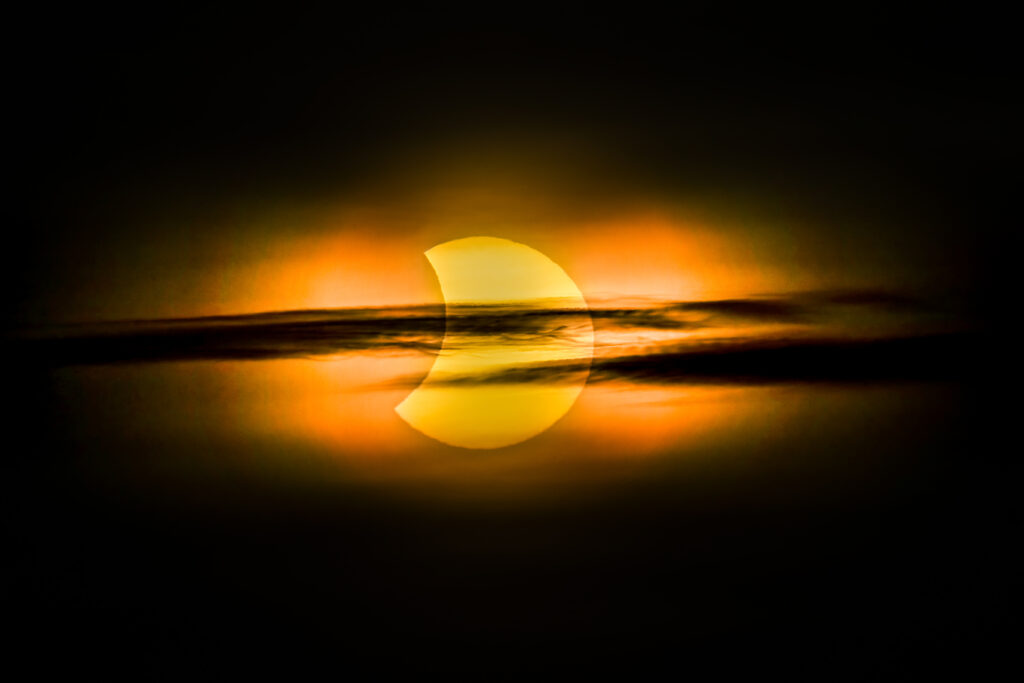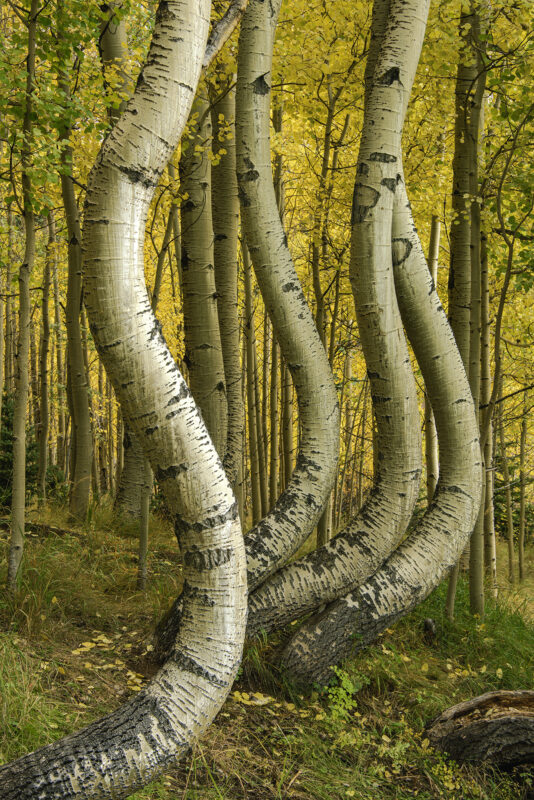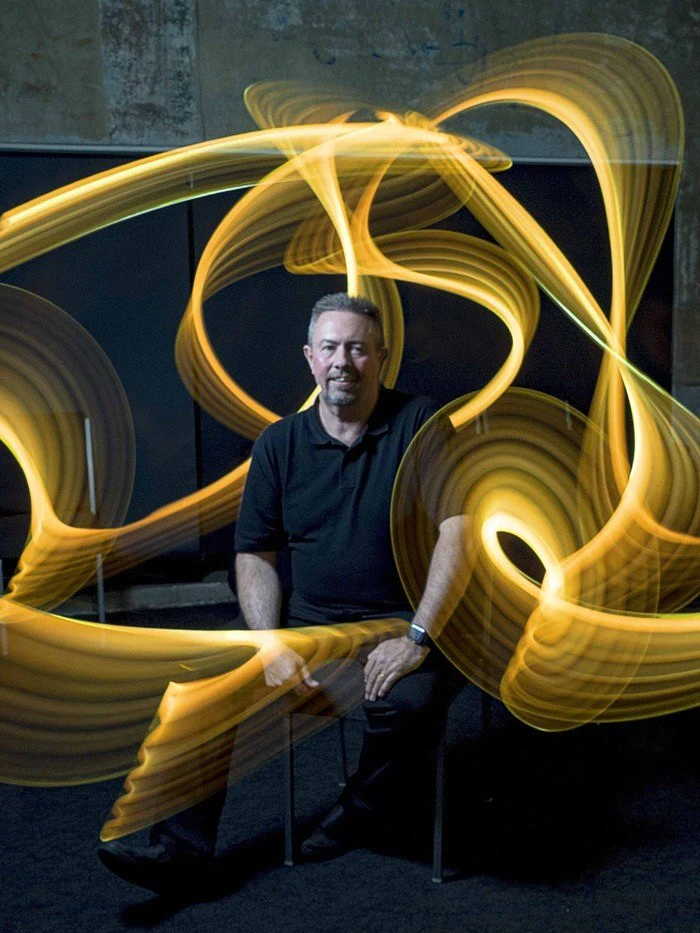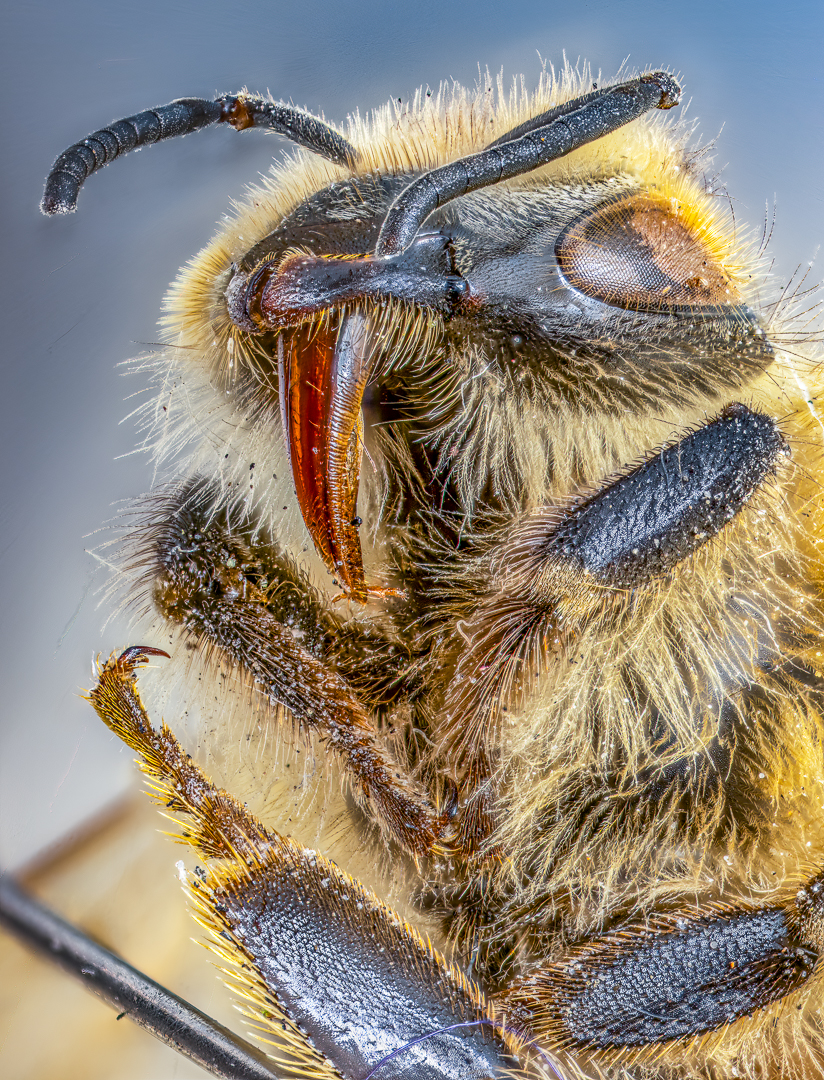For anyone who’s into taking eerie photographs – particularly portraits and landscapes, October is the perfect time of the year! Not only because of the upcoming Halloween – October in the northern hemisphere tends to be foggy, cloudy and rainy and such conditions can yield very interesting photos! Nature starts to show its dark side in October so why not try to capture it?
In case you need some help in order to get some truly outstanding eerie shots, we hope you’ll find the following tips useful:
1. Proper Subject Choices
Both subjects and background matter a lot when it comes to shooting eerie photographs! While you don’t have to use something that is obviously creepy, you should select something that has some kind of interesting, and at least slightly dark, vibe.
Places like dark alleys, cramped basements, and ruins can be good ideas when comes to locations. The same goes for river banks and foggy mountains at dawn or dusk. Talking about people, it can be helpful to choose those with unusual facial features (very long hair, expressive light or dark eyes) and pay attention to makeup and clothing.
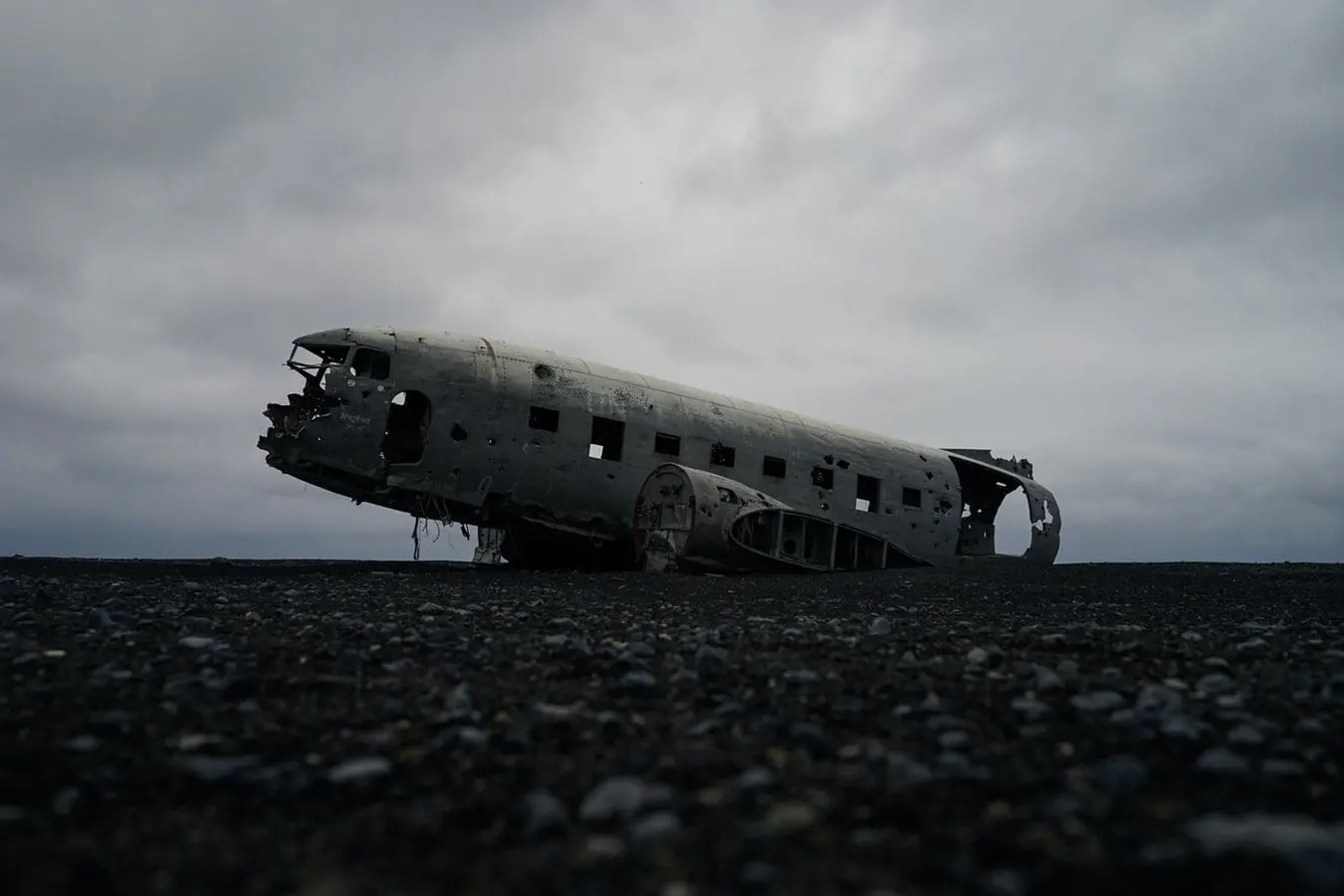
2. Unusual Lighting
If you want to achieve truly mysterious lighting, you should go for dramatic, hard light. In order to achieve this, you can use flashes, strobes or even some bright spotlights.
In case your equipment is limited and you don’t have any extra lights, you can stick to natural light and look for spaces with directional and focused light. It’s easy to create such conditions if you have a tiny window or a crack in a room. You should embrace strong contrasts and shadows when shooting this kind of eerie photograph – don’t worry if your images look a bit underexposed since you can correct this while editing.
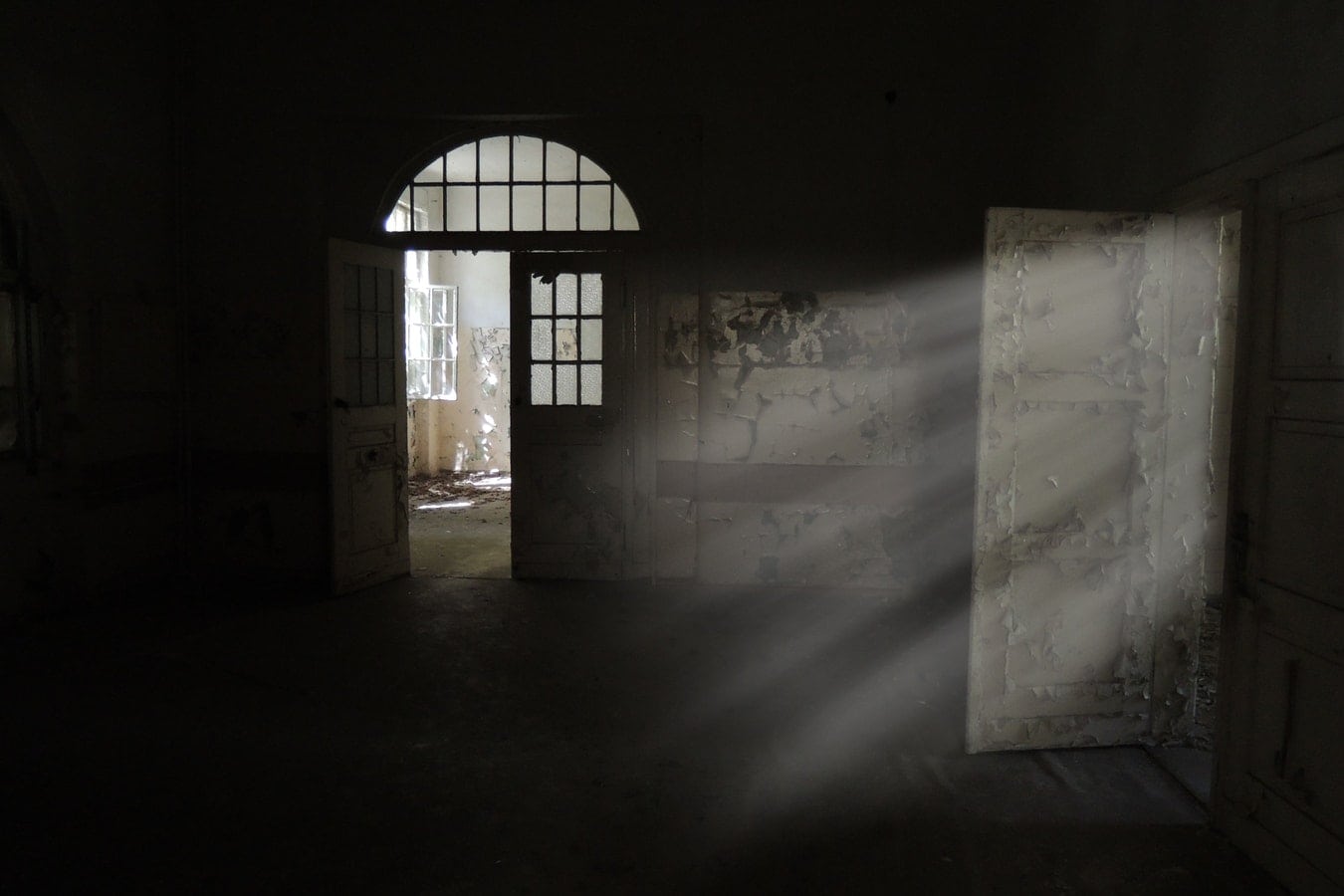
3. Emphasis On Weird Textures And Dust
Focusing on rough textures such as peeling paints on walls and dusty furniture or windows can add a lot of eerie vibe to your photo session. Dust can be a little tricky to shoot because if it’s a thin layer, it needs to be in focus to be seen. But if you’re lucky enough to find a large amount of dust, you can use it to reflect the light and create a nice soft vibe that will look quite interesting combined with the dark atmosphere.
You can also grab a handful of dust in the air just before you take the shot – this will create an ethereal haze that is perfect for both landscapes and portraits!
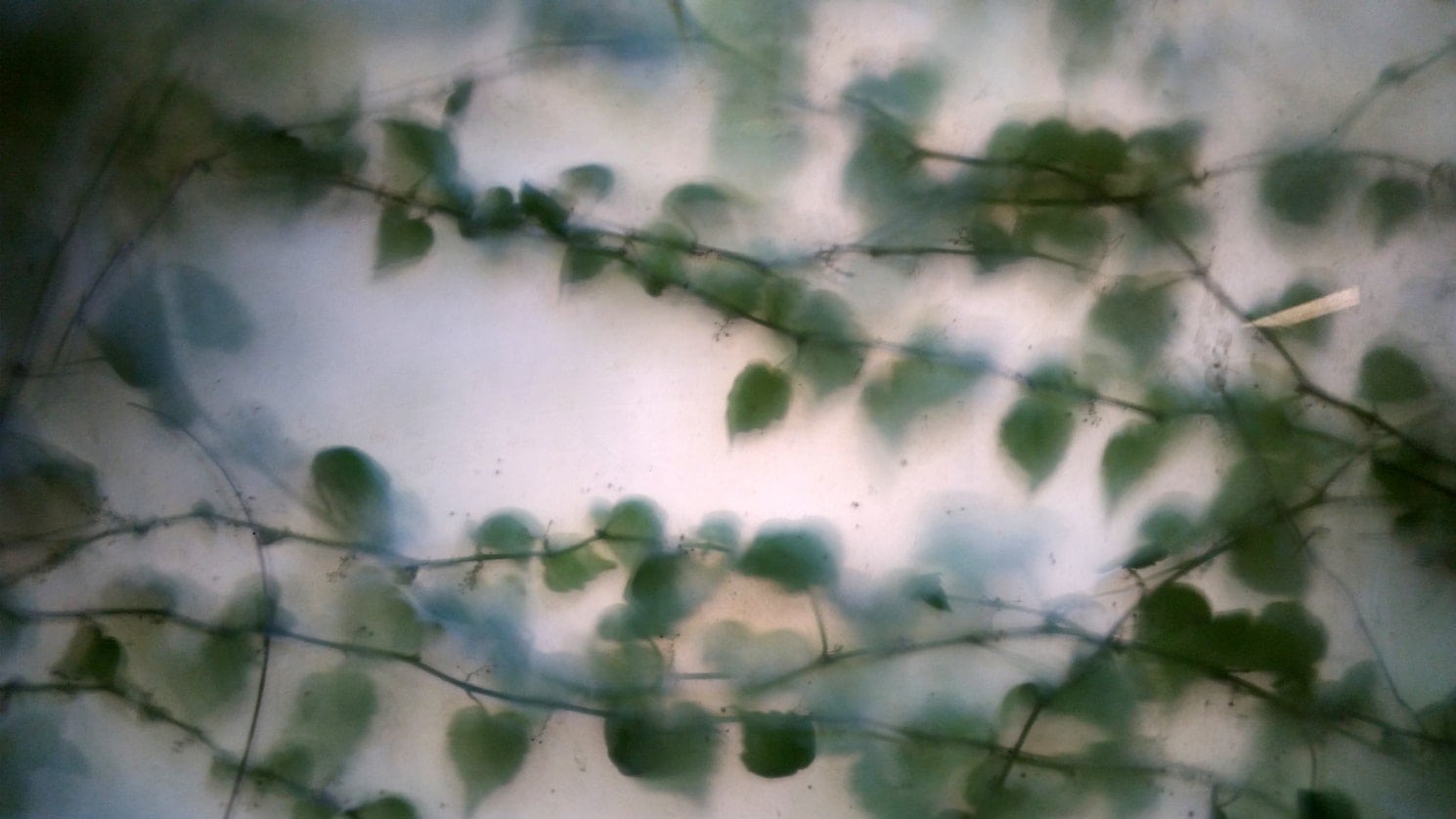
4. Tilted Composition
If you’re used to straightening the horizon all the time, now it’s time to break the rules! A crooked horizon can have a strong psychological impact and make the viewer feel uneasy and confused, which can work great when creating an eerie photograph.
However, you shouldn’t overdo this – the best approach is usually to tilt the image only a little bit, just enough to draw your viewers in without making it too obvious. Subtlety is the key!
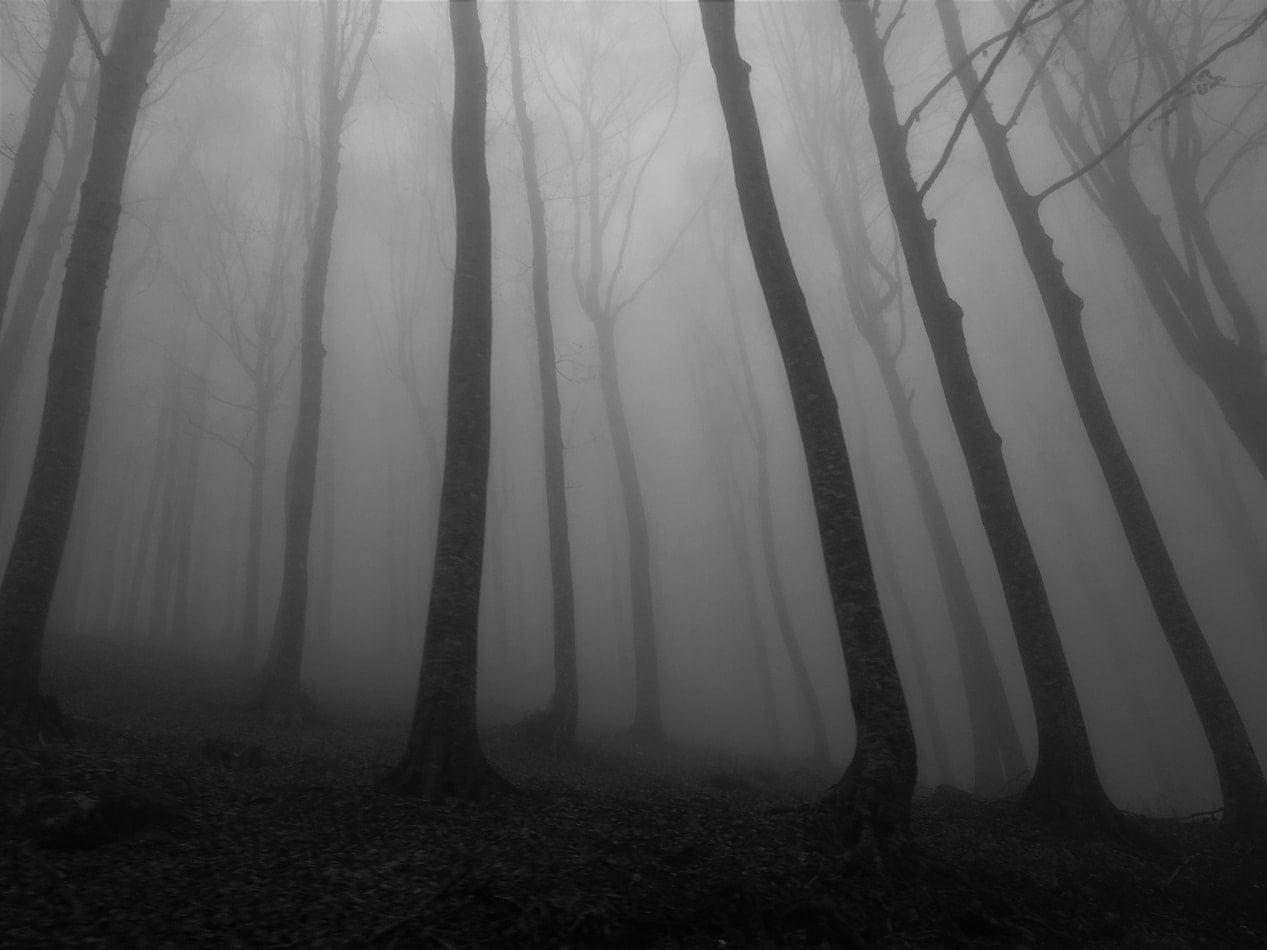
5. Skillful Editing
Great editing skills can help you a lot when it comes to making your photographic visions come true. There are a few things to have in mind when adding some eeriness to the shot:
- Going monochrome – Black & white tend to look more creepy than full and accurate color, so you should definitely give it a try! There’s nothing wrong with color, but if we remove all of the color definition, our mind is confused by the unknown.
- Going surreal with colors – In case you decide to stick to colors, feel free to be creative in your approach – you can experiment with colors, exaggerate or desaturate them or try using a wrong white balance on purpose.
- Introducing grain – Grainy images can make the scene look unrefined or very old, so if you’re up for creating something that’s supposed to look ancient, go for it!
- Using vignetting – Those dark corners around the image create the closed-in and claustrophobic feeling, which can enhance the sense of creepiness!
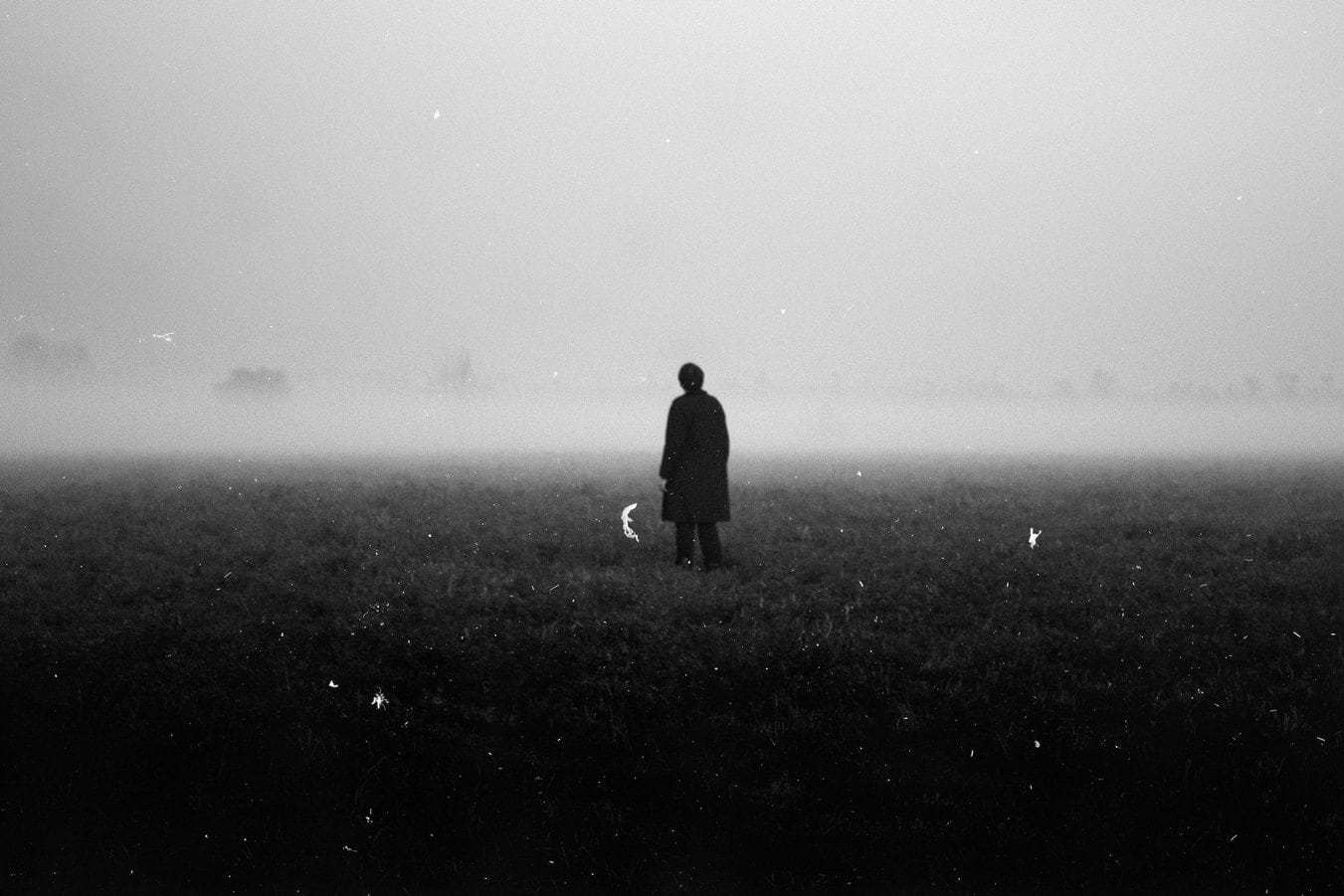
Final Thoughts
If you happen to have a natural knack for creepy, shooting some blood-chilling images may come naturally to you. But even for those who aren’t so much into capturing some dark vibes, there’s always an opportunity to practice and get better. Experimentation is surely going to help. There’s just enough time before Halloween so that you can brush up your skills when it comes to eerie photography!



